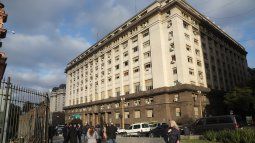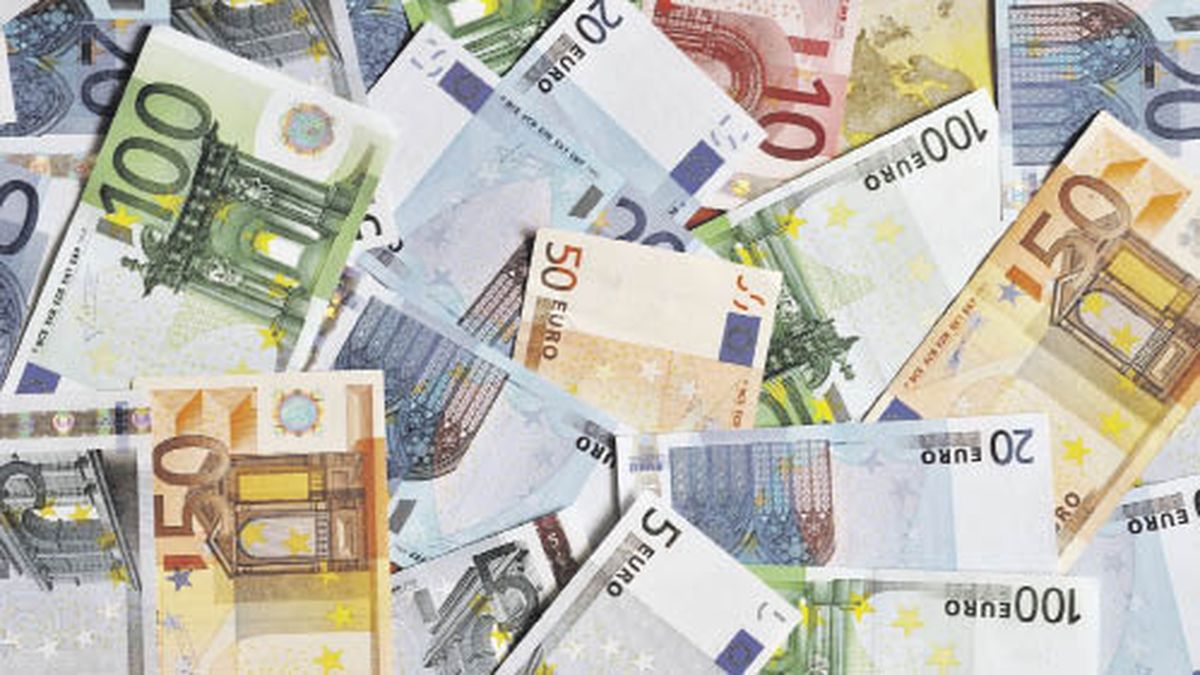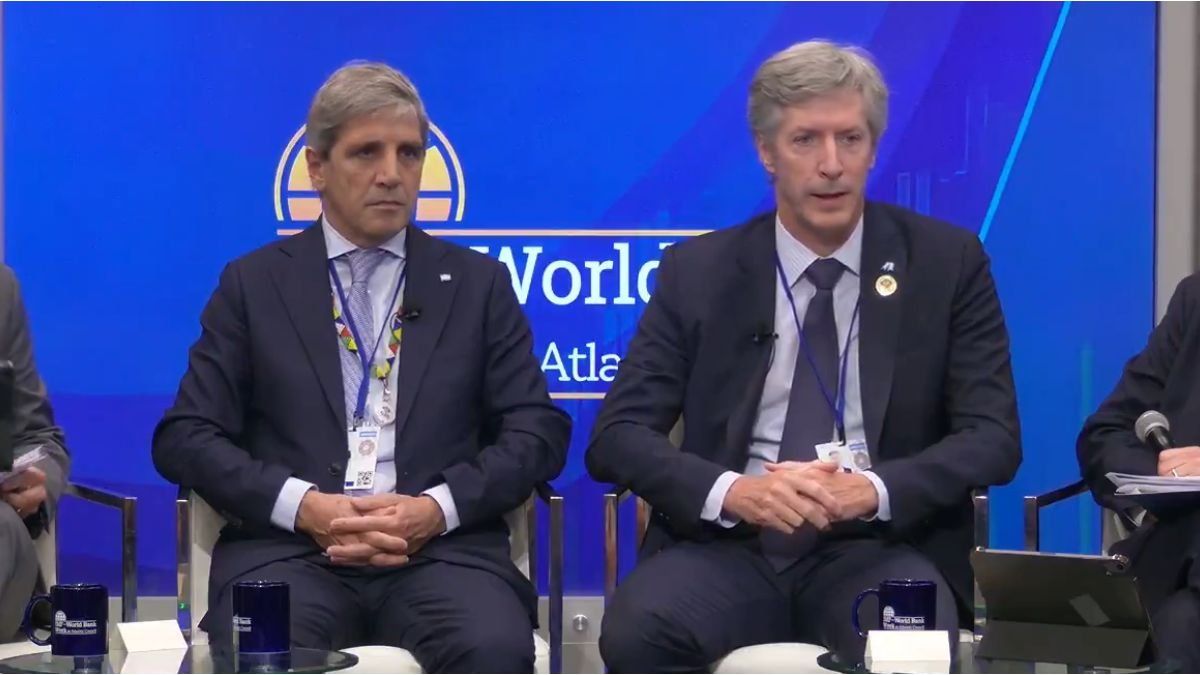This is estimated by a study by Adcap Grupo Financiero, which states that given a new jump in the exchange rate in December, there are instruments offered by the Treasury that can provide profitability of between 60% and 80%.
The market estimates that the parities of the bonds in pesos issued by the State are at 50% when measured in dollar value and therefore offer good rates of return to investors, taking into account the macro scenario of early 2024. The calculation was done by Javier Casabal, economist at Adcap Grupo Financierowho in a report maintains that “sovereign bonds in pesos “They are the cheapest assets with the highest expected profitability.”
The content you want to access is exclusive to subscribers.
Casabal suggests that if the effect of the exchange gap is applied to the prices of financial instruments in national currency issued by the Treasury, these would actually be worth half. The economist told Ámbito that “it is like applying country risk to bonds in pesos” since it is the same issuer, that is, the Argentine State. In the case of Globals, they are quoted at 30% of their nominal value. The report is based on the assumption that the current price of the dollar in the financial markets is overvalued (overshooting) and that the profile of all the candidates with a chance of becoming president indicates that they are going to correct the fiscal deficit in the first year. of the next government, so it could be reversed.


In this context, the analyst suggests that for the remainder of the year the Ministry of Economy has a high chance of maintaining the high levels of net financing that it has been showing in the latest calls. “The peso tenders go well no matter what,” explains Casabal. He considers that, until now, when one of the calls did not go well, “they corrected the next one.” The Adcap economist also explained that in the last calls “There is a greater participation of Common Investment Funds (FCI), which is healthier.” Therefore, there would be a lower proportion of public organizations or banks seeking longer bonds that serve to constitute reserve requirements.
Given that it could be said that “gap” parity bonds are cheap, the analyst estimated that for an aggressive investor profile, Positioning in dual bonds, which adjust for the official dollar and inflation, could leave return rates of between 60% and 80% by April 2024. Obviously, all this has to do with the political scenario that was left open after the August primaries.
The “black swan” that the leader of Libertad Avanza, Javier Milei, was the most voted candidate caused some anxiety among operators that is reflected in the demand for hedging instruments. The market is now trying to anticipate when and by how much the next jump in the exchange rate may be., after the August 14 devaluation of 22%. Based on that, the key is to determine which bond could best capture those changes.
The report foresees four devaluation scenarios for December. One of one 25% with low market confidence and a change to prices of 93% in three months and another of medium confidence, with a devaluation of the fifty% and moderate pass through of 64%, in the same period. Regarding this last scenario, it proposes a variant of high confidence and a rapid reduction of the gap in April 2024, and finally, a fourth scenario of 100% jump low pass through of 56% in one quarter and a rapid reduction of the gap.
For all cases, the report states that The Boncer T2X4 (July 2024) are the financial instruments that will best capture inflation that is generated in that period, which could generate returns of 78%.
The government has six debt tenders ahead of it, before December 10, when there could be a new economic team in the building on Hipólito Yrigoyen Street. Until then, it will have to raise at least $3.6 trillion to meet maturities of $4 trillion. Some $460,000 million was already obtained in an off-schedule call on September 1.
Source: Ambito




